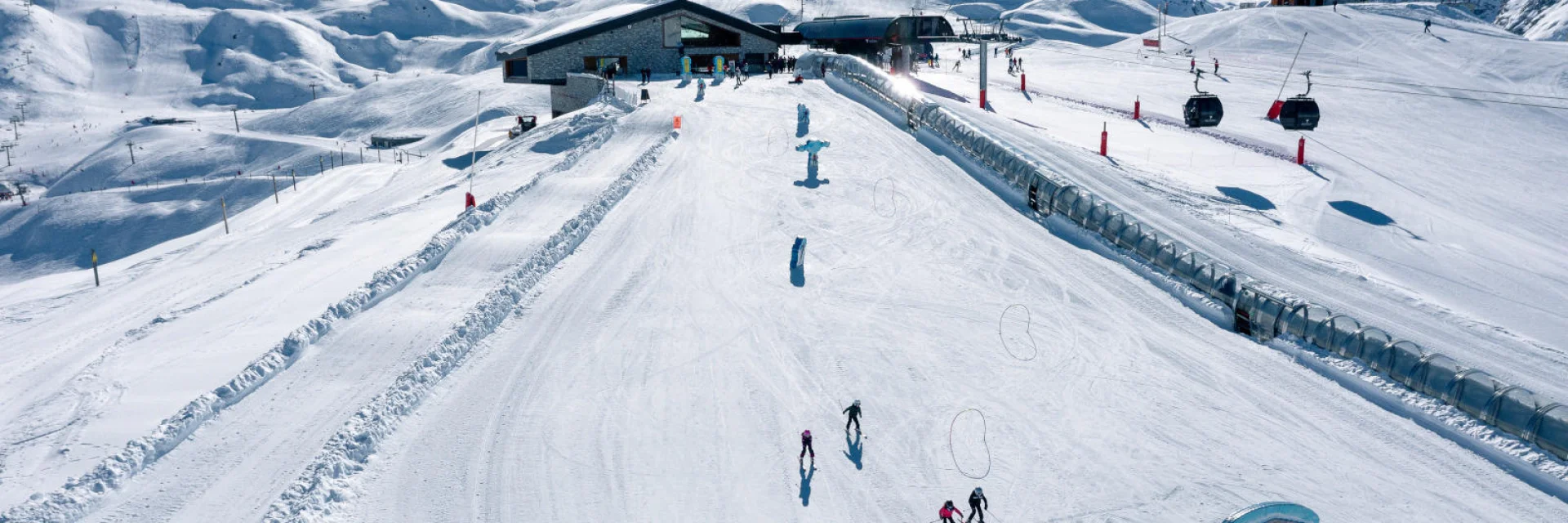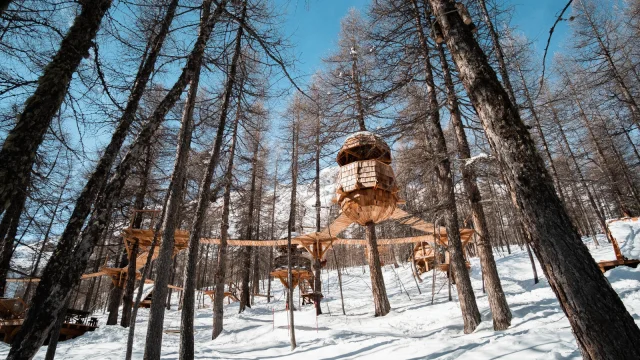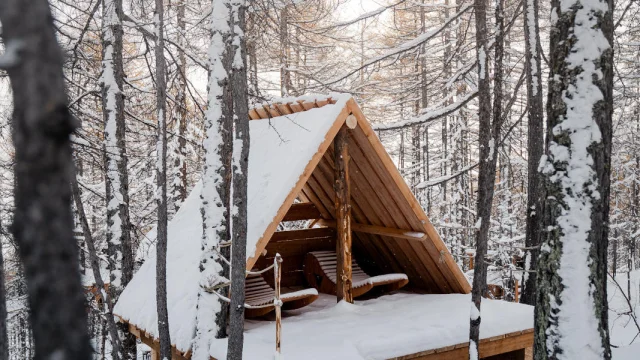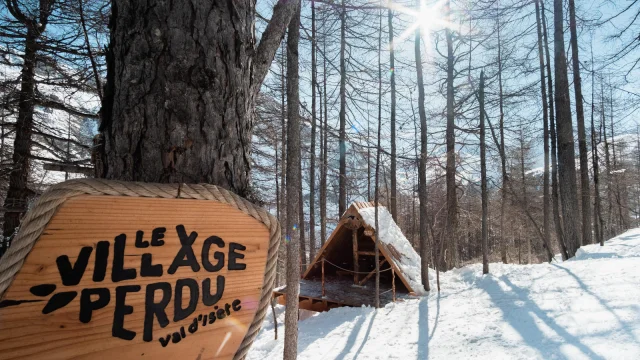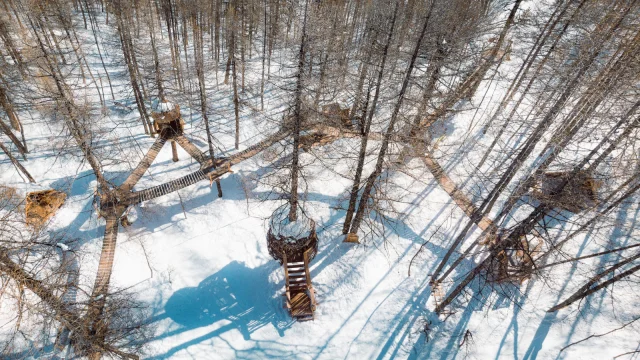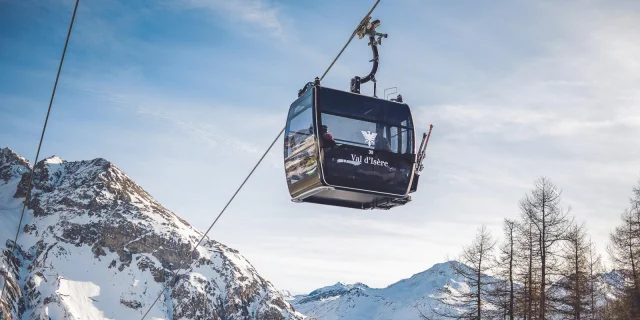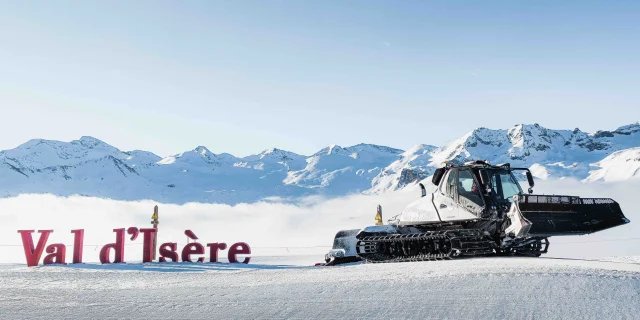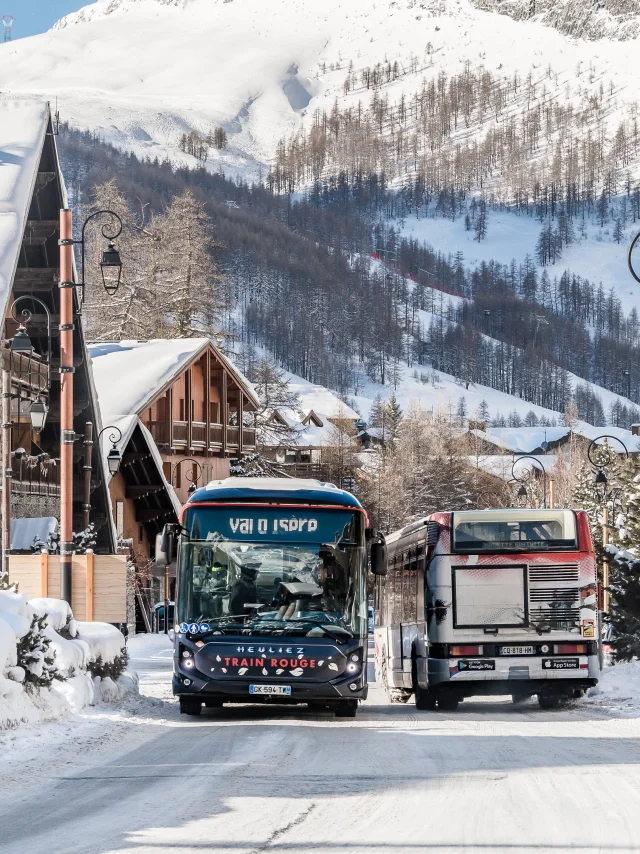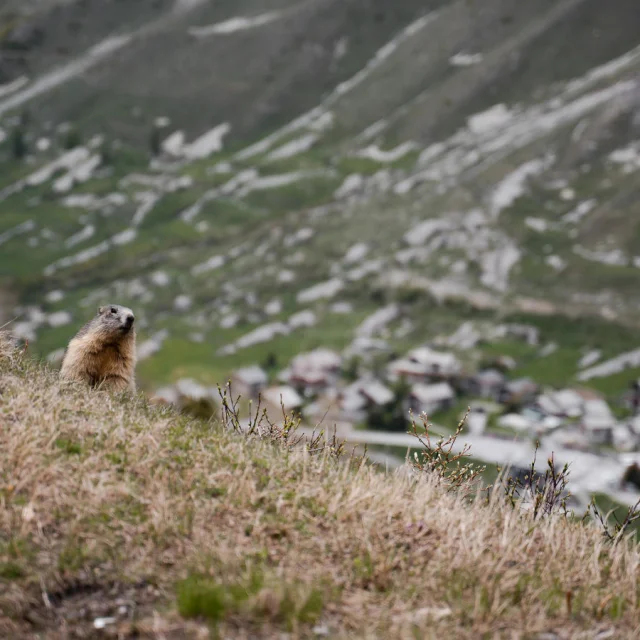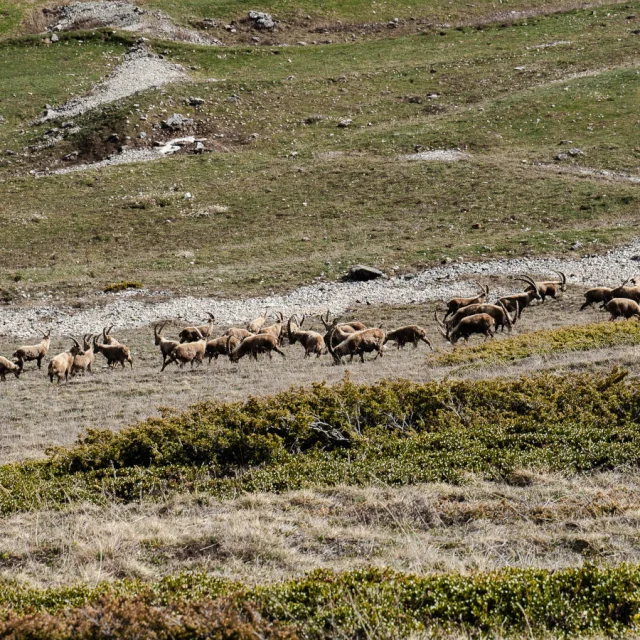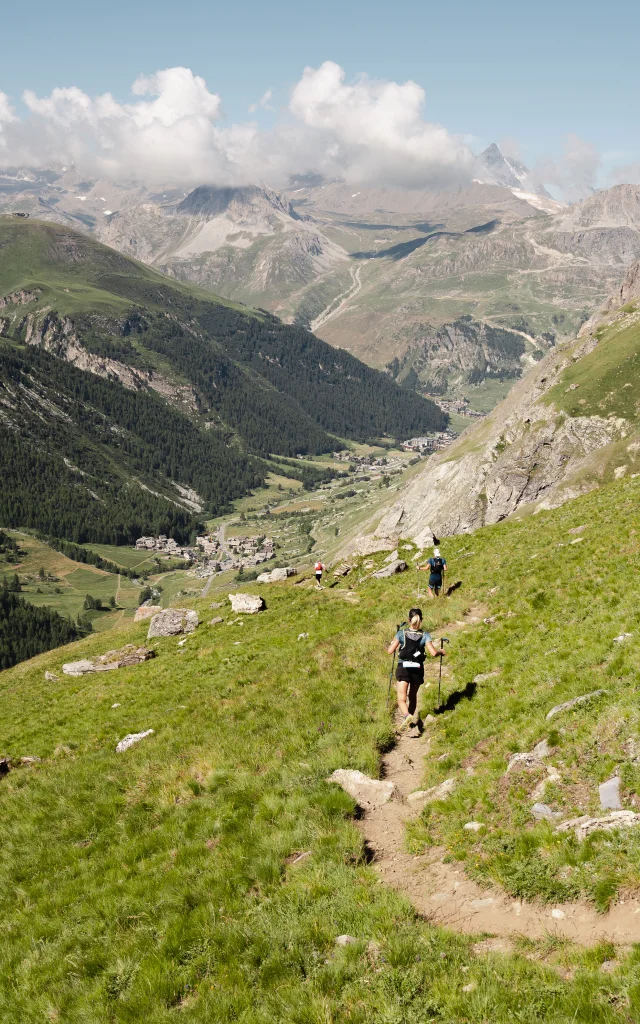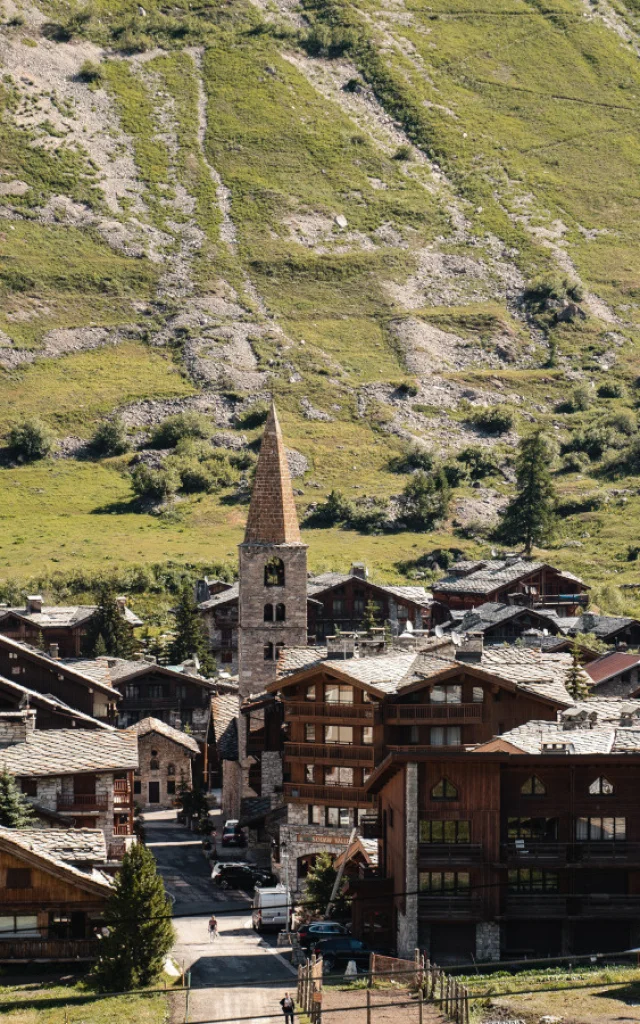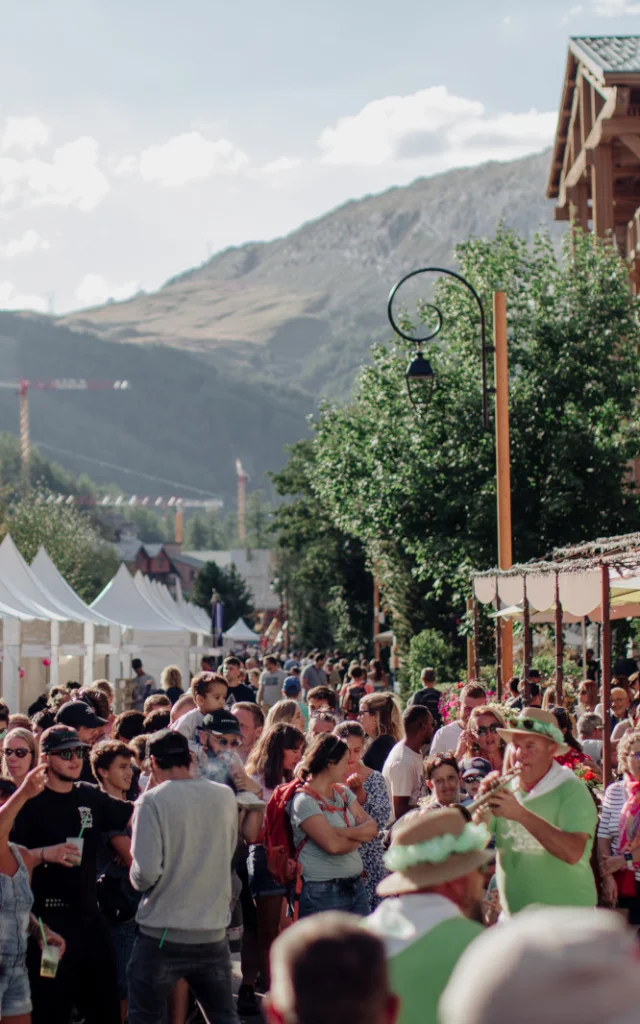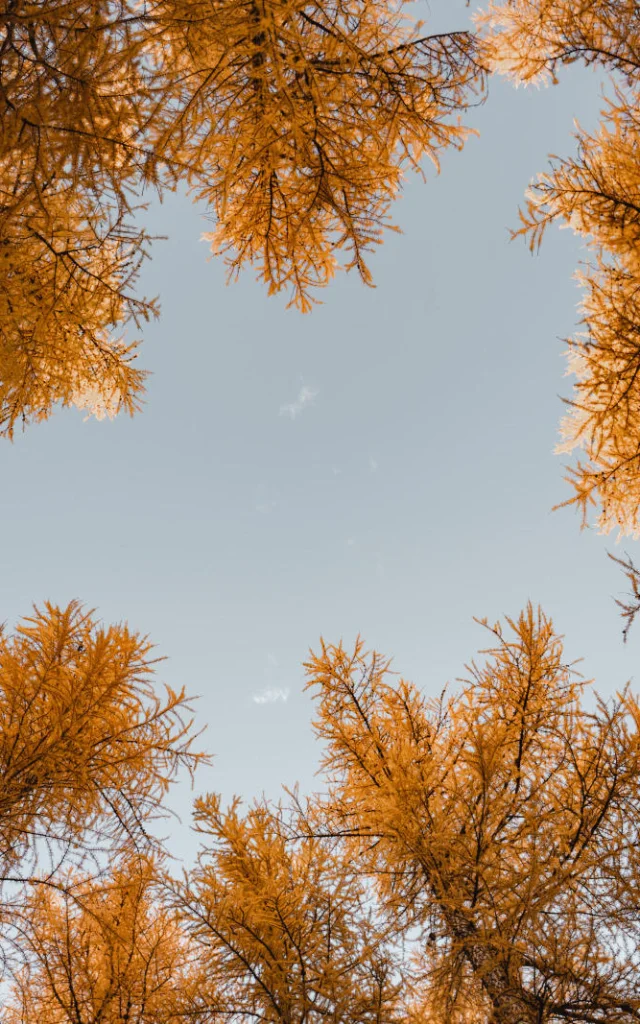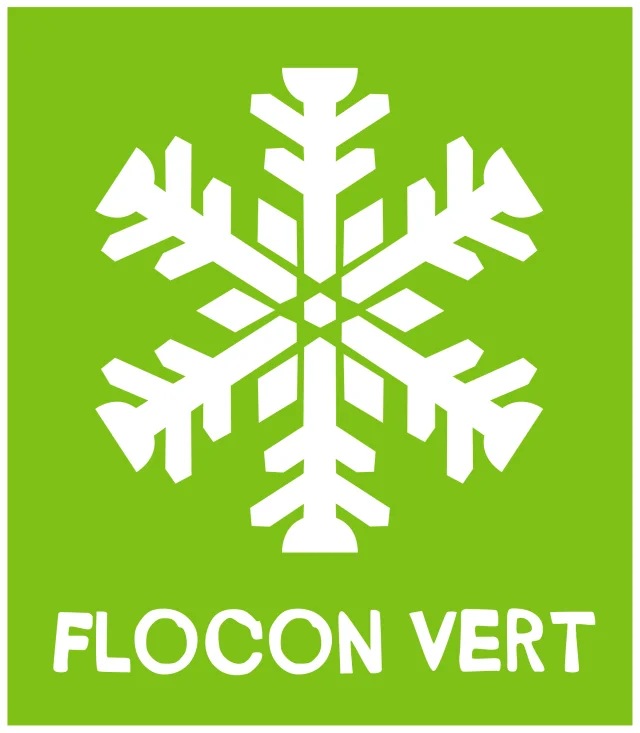 Green Snowflake logo
Green Snowflake logoTignes - Val d'IsèreA 'flocon vert' region
The Flocon Vert label was awarded to Tignes and Val d’Isère on 25 November 2022 during the International Mountain Professions Festival organised in Chambéry. The region’s certification by the Mountain Riders association follows a detailed audit and rewards the commitment of both resorts to protect their unique environment and adopt a sustainable development approach. Inspired by best practices in environmental, social and economic transition, the label is awarded on the basis of 20 sustainable development criteria, such as support for local initiatives, soft mobility measures, recycling, energy management and respect for biodiversity. With the help of the Vie Val d’Is association among others, Val d’Isère is committed to soft mobility and transport issues, the energy transition, and sustainable initiatives.
